Wednesday 15th January 2020
We had agreed to meet for coffee at Café Maiasmokk, the oldest cafe in Estonia, which opened in the same premises in 1864: the ground floor has remained unchanged for almost a century.
Maiasmokk translates as “Sweet Tooth” and is famous for the marzipan figures and sculptures which adorn its window displays. Apparently both Reval [now known as Tallinn] and Lübeck claim to be the town where marzipan was invented. You can watch the artists at work in the Marzipan Room [below right].
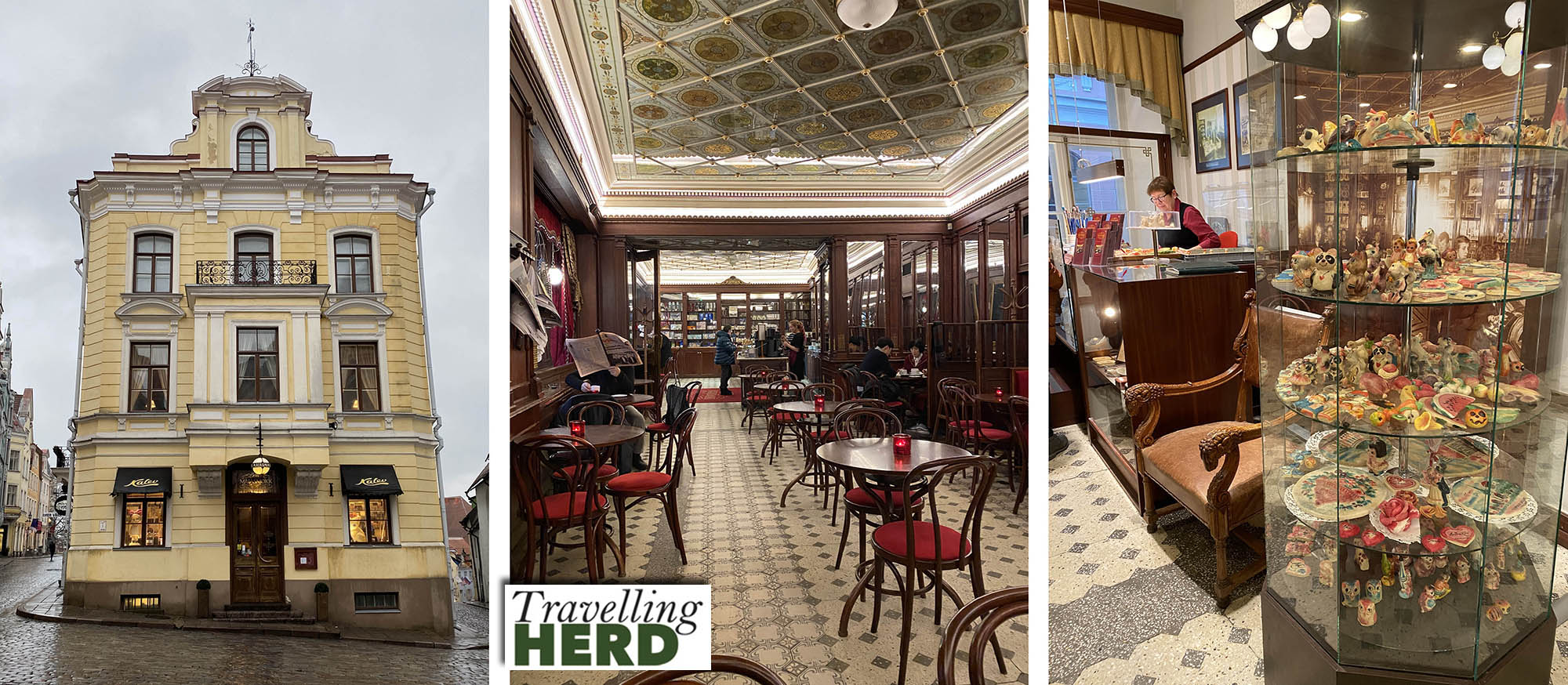
Prompted by a request to ask our hotel to print our flight tickets, coffee was accompanied by Robert giving an IT lesson on how to make best use of the features on an iPhone, including the Wallet. When Liz and Martin started giggling over some photo effects like two teenagers at the back of a classroom, we knew it was time to move on.

From Café Maiasmokk we walked to the Niguliste Museum, a part of the Art Museum of Estonia which is housed in the thirteenth century St Nicholas Church. The exhibits are predominantly ecclesiastic art celebrating the Virgin Mary.
The most famous exhibit in the museum is the Danse Macabre painted by Bernt Notke at the end of the 15th century. This contemplation of the transience of life is incomplete but what remains is nevertheless 7.5 metres long.
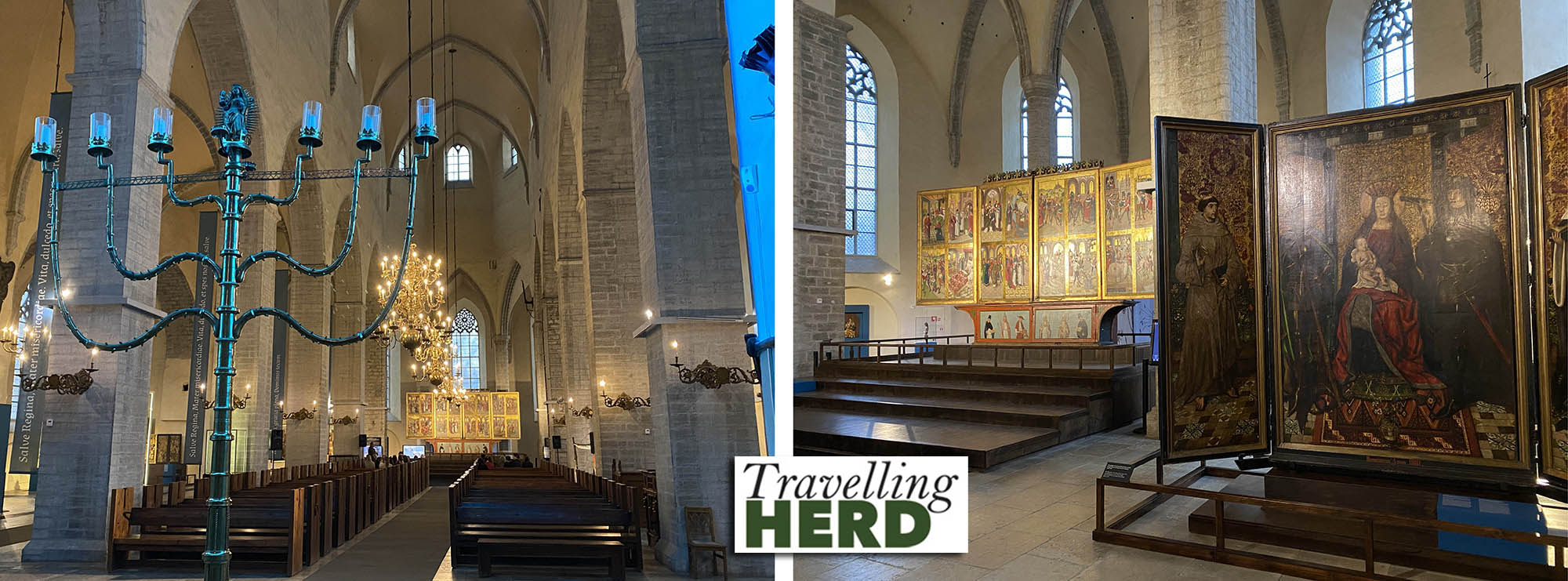
Our route took us past the Kiek in de Kök Museum, where the large statues of monks look uncannily like Dementors, then . . .

. . . back to one of the viewing platforms for a group selfie.
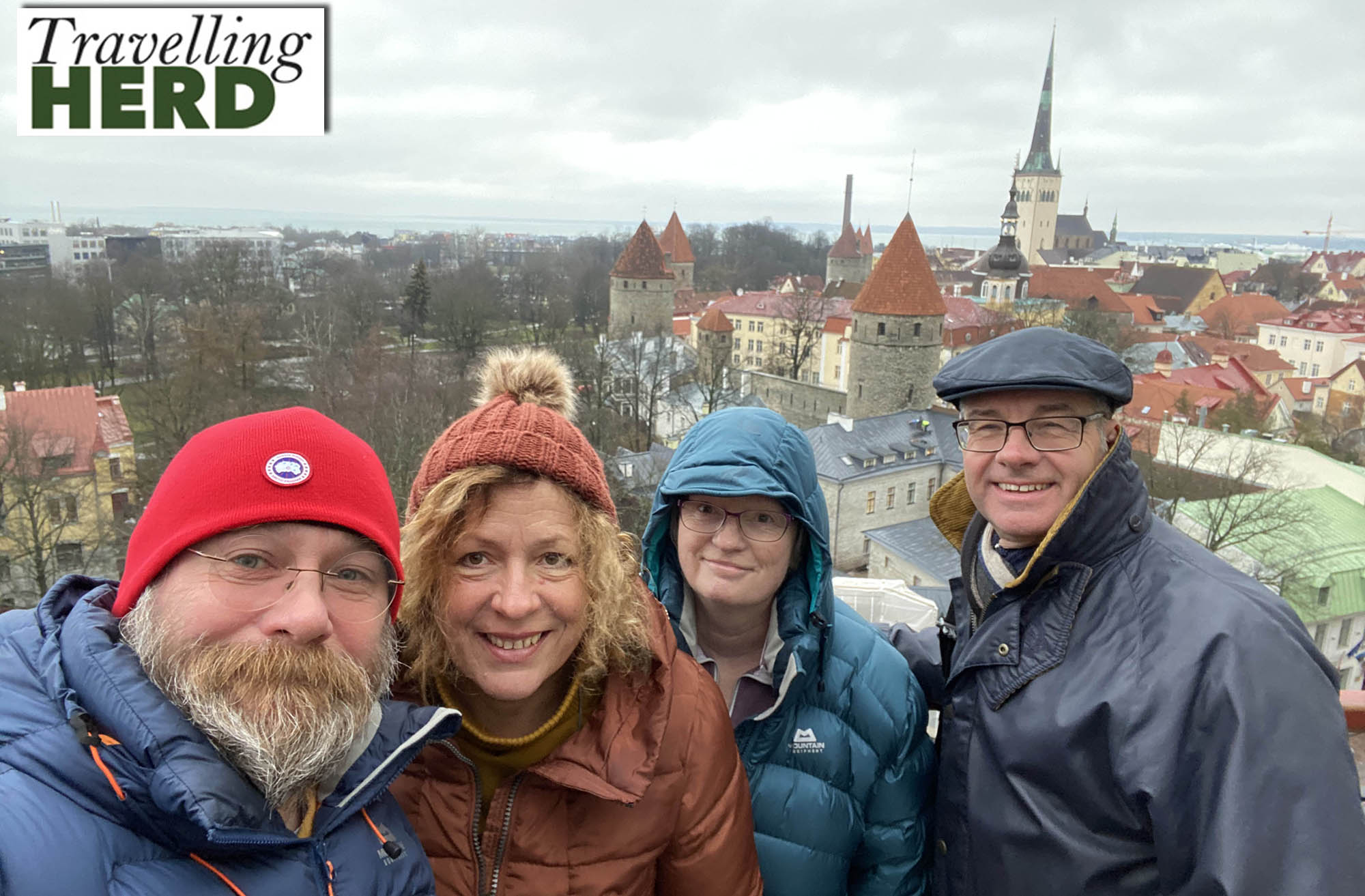
The key focus for the afternoon was the Lennusadam Seaplane Harbour and Estonian Maritime Museum which was founded in Tallinn in 1935.
The main Estonian Maritime Museum exhibition is now located in the 500-year-old Fat Margaret tower in Tallinn Old Town but in May 2012, the Maritime Museum opened another exhibition in the restored Seaplane Hangar at the Seaplane Harbour.

The Seaplane Hangar was built in 1916-1917 as part of the defences of St Petersburg. It was one of the first buildings in the world of its size and the vast concrete domes have no internal supports.
The building is high enough to allow for the displays to be arranged in layers: as you walk in on the first floor you enter the “Surface World” where the exhibits include navigation aids, sailboats, kayaks, ice yachts and bouys.
The Submarine Lembit is positioned so that it appears to be afloat and the waterline divides the underwater world from the surface and the air.
At one point you can project images [visible in the photo below] onto the hull of the submarine.
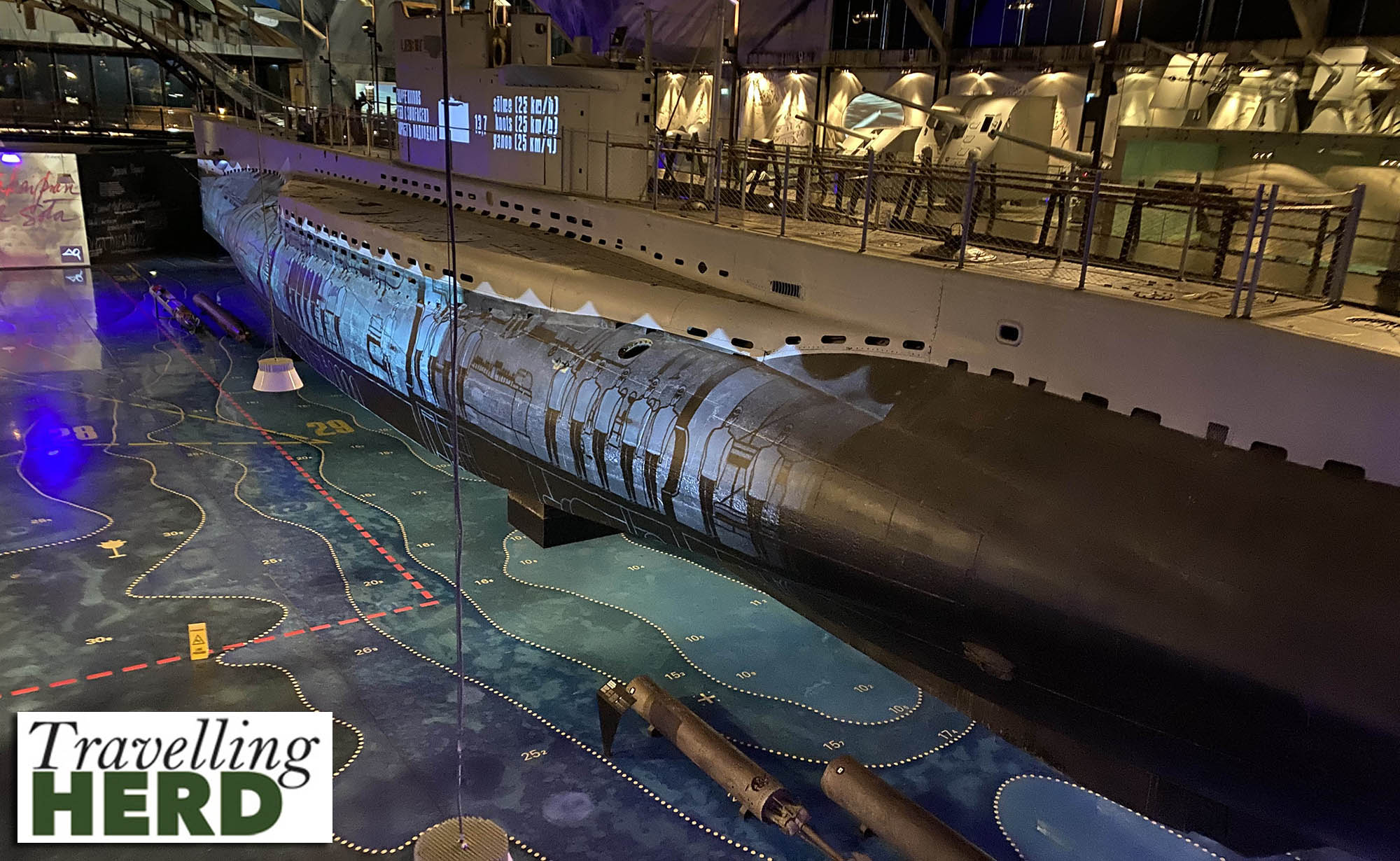
Suspended on high at the far end of the exhibition hall, there is a full-scale copy of a Short 184 seaplane, the first seaplane to successfully launch a torpedo attack. Originally built in 1915 by the Short Brothers, the Estonian Air Force had eight Short 184 planes on active duty between 1919 and 1933. They were stored and maintained in this hangar.
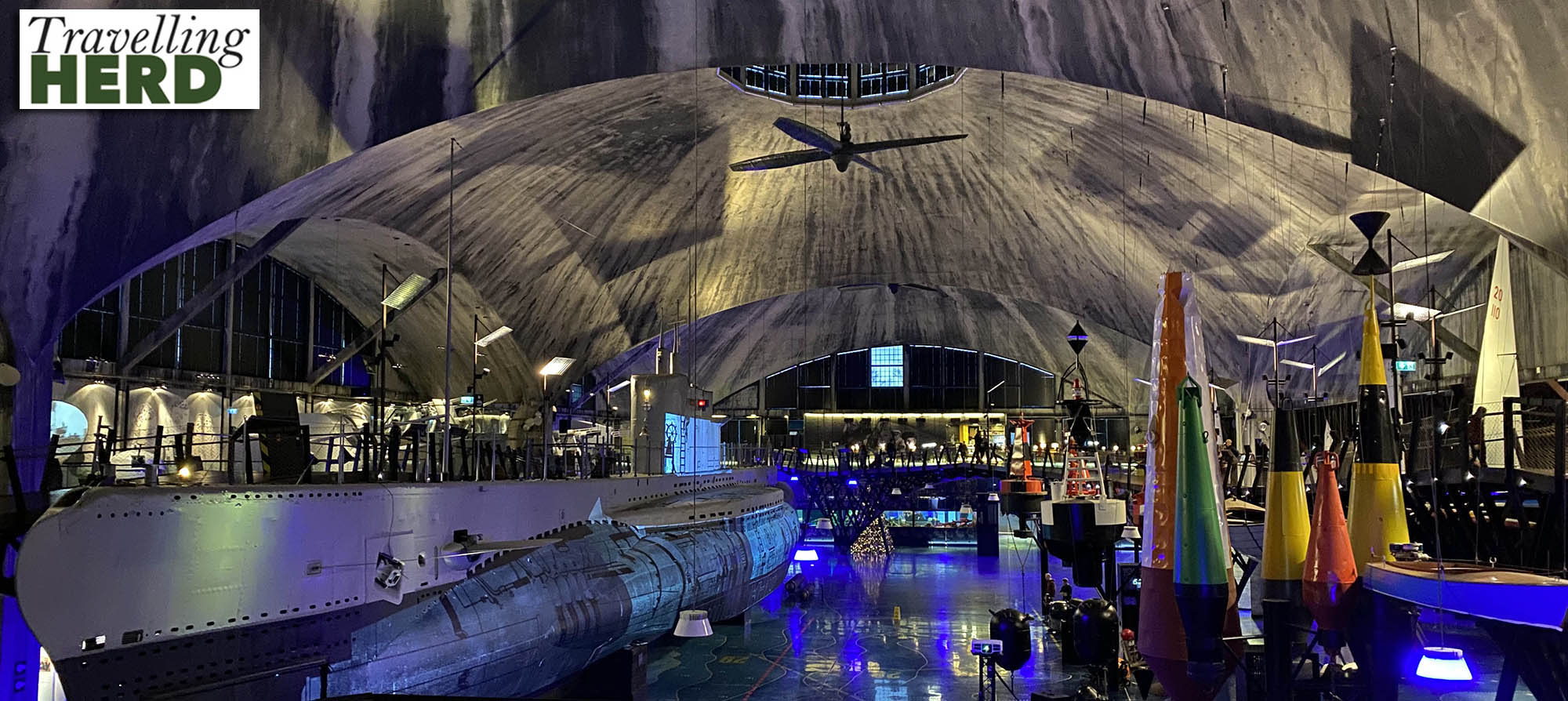
There is also a display of weapons and artillery which includes a machine gun simulator.
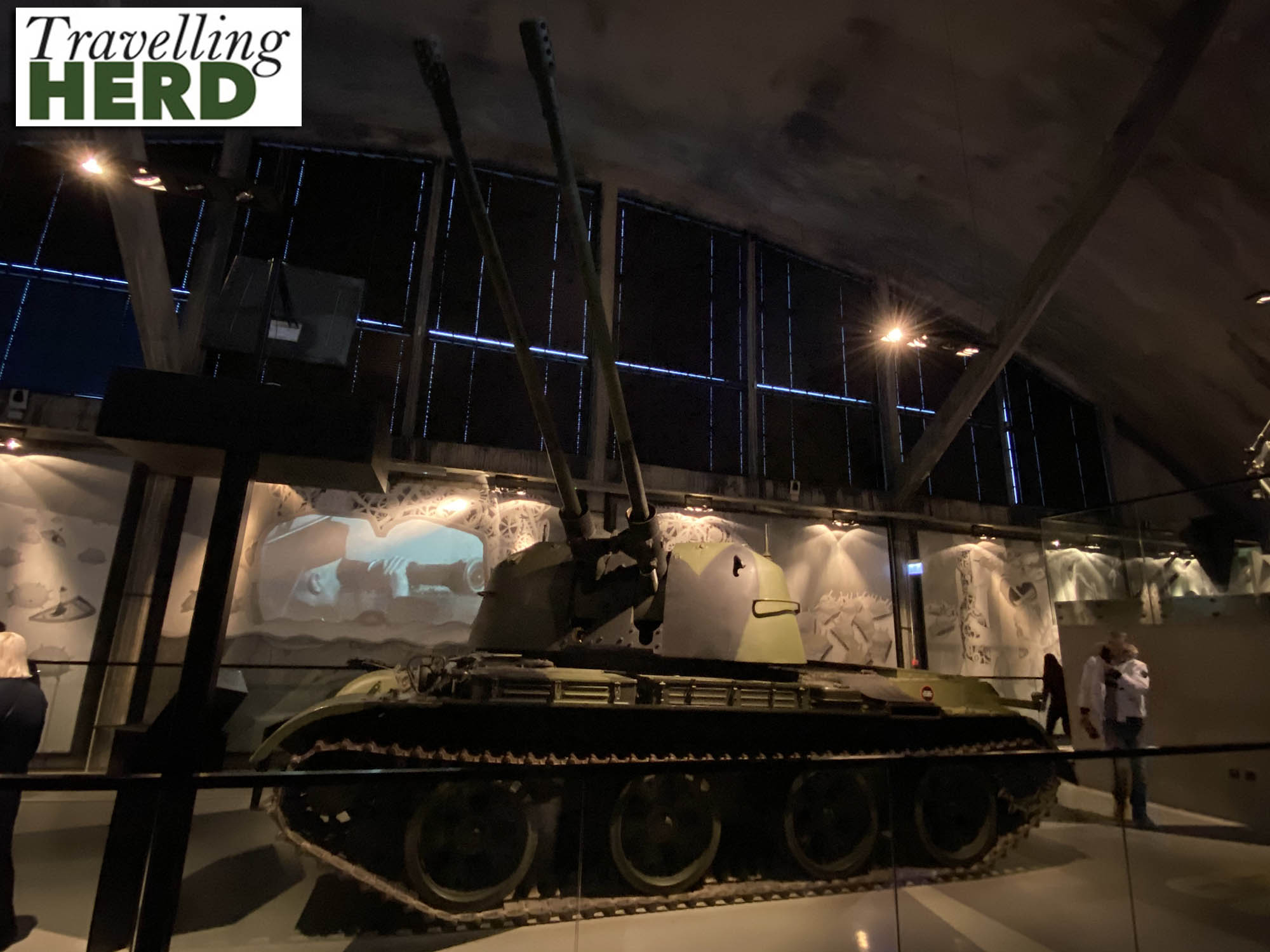
Submarine Lembit is open to visitors. It was launched in 1936 and was in use for 75 years until it was decommissioned in 2011. It survived WWII and a long exile in Russia but it seems incredible it should not have been superceded during that time.
The submarine is, to say the least, compact.
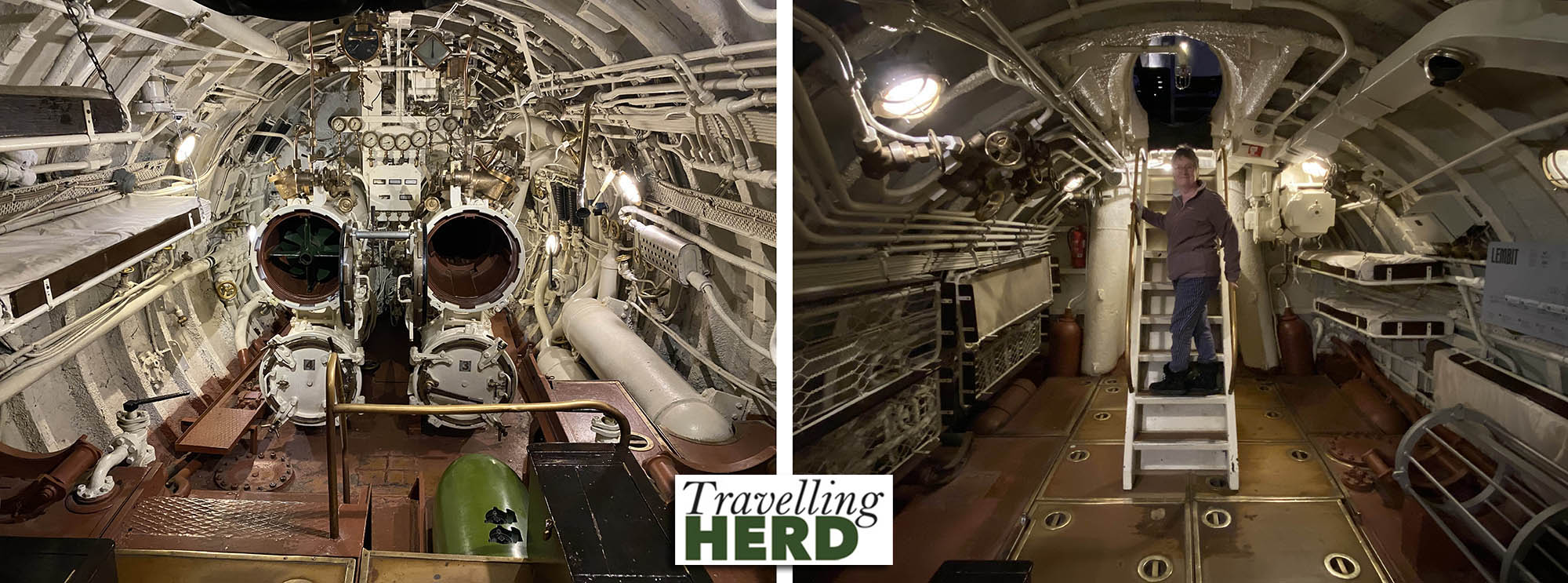
Walking through the limited space in the sub felt claustrophobic even without the weight of tonnes of water pressing down from above. It takes a special kind of person to be a submariner.
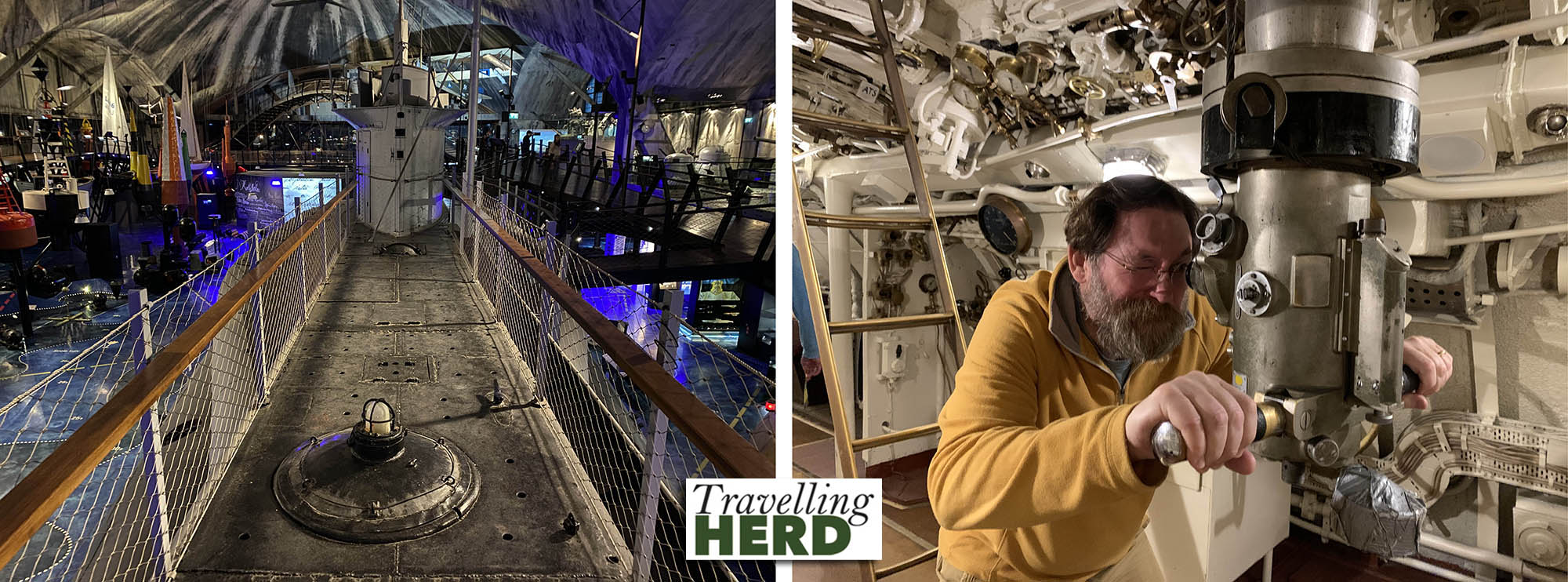
Outside, you can also go aboard the 100 year old icebreaker ship, the Suur Toll located by the quay. It was built in Poland in 1914 and is one of three surviving icebreakers which used to work the Baltic Sea at the beginning of the twentieth century. This museum is fascinating and good for adults and children alike: there are interactive sections including dressing up, flight and machine gun simulators As well as an air tunnel. In the air tunnel simulation, Robert and Matilda agreed that the winds they had experienced on the Suomenlinna Fortess in Helsinki had been considerably stronger than 15 mph.
A day’s sightseeing would not be complete without a visit to a bar for some local beer.
The first bar of the evening was the Tap Room at the Põhjala brewery. This is a bit of a walk from the centre, but relatively speaking, quite conveniently located on our way back from the Seaplane Harbour. A very good selection of beers was on offer with very helpful staff and a view over the brewery. Definitely a five out of five from us.

Walking back to the centre we passed the Balti Jaam market [right next to the railway station]. Another brewpub is located here – this time Humalakoda. A good choice of in-house beer is also served here. Another five out of five from us.
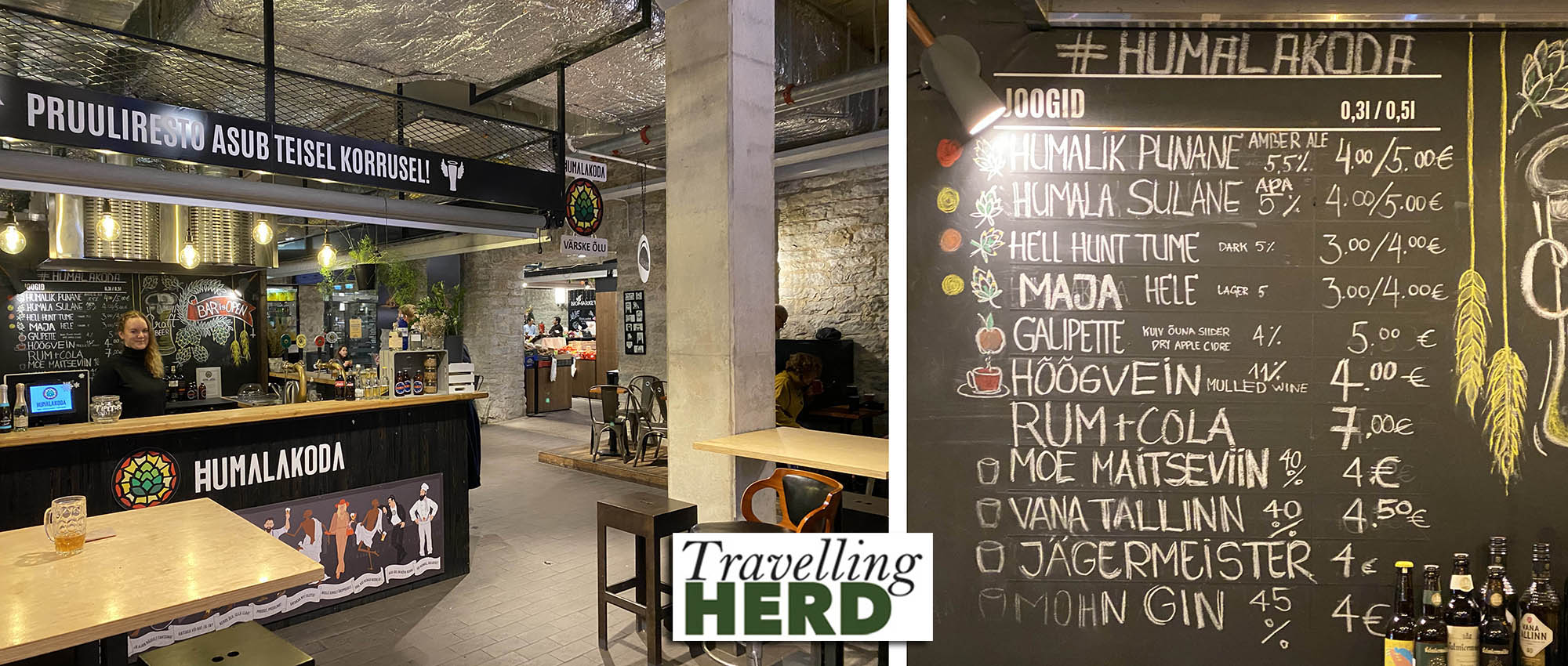
After some ale and a meal we said farewell to Tallinn Town Square and our dear friends and went back to rest before the long journey to Riga via Valga the following day. Our friends, who were flying back to the UK the next day were scheduled to arrive home in Manchester, before we expected to reach our hotel in Riga.

Route Map:
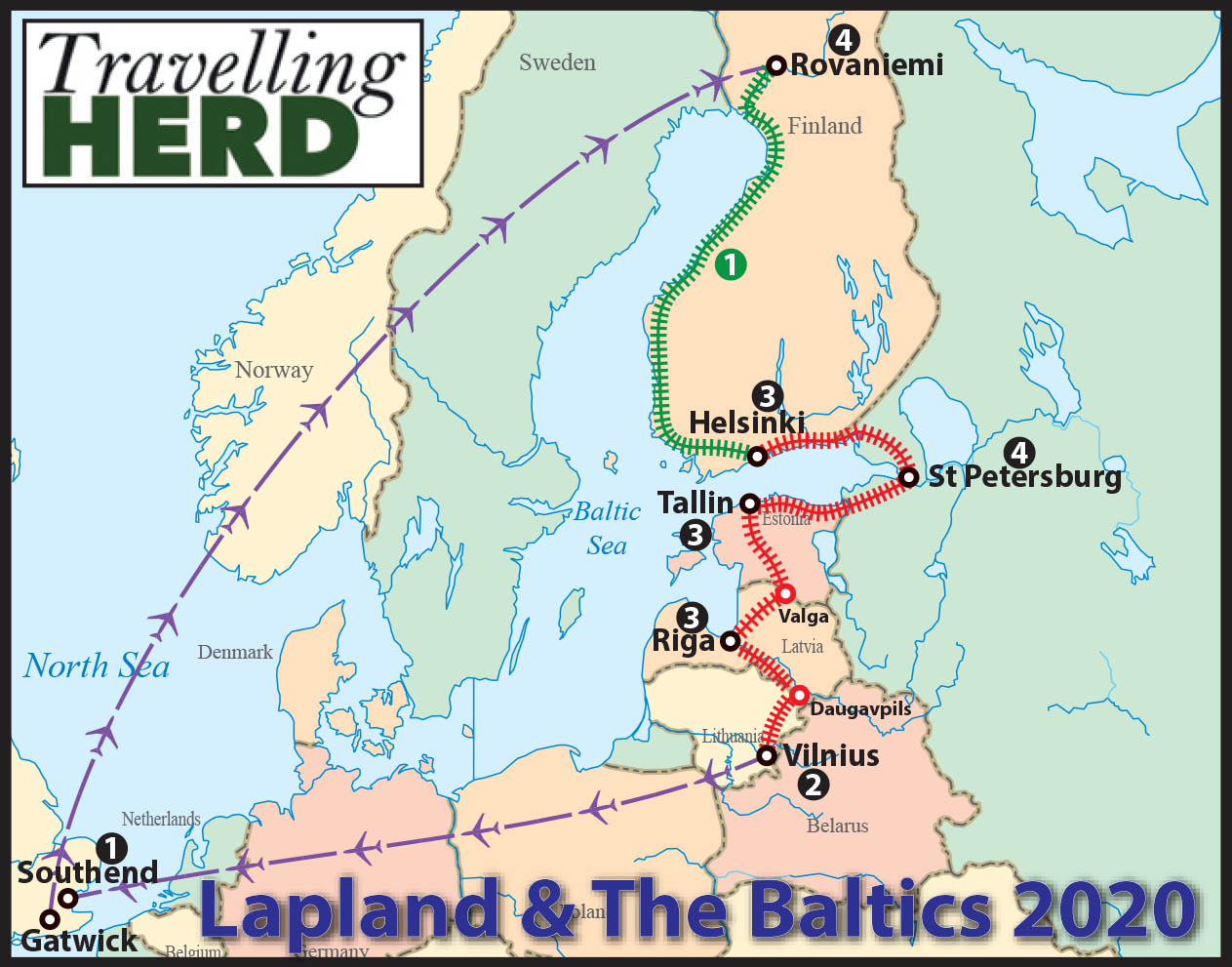
Video of the day:
Selfie of the day:



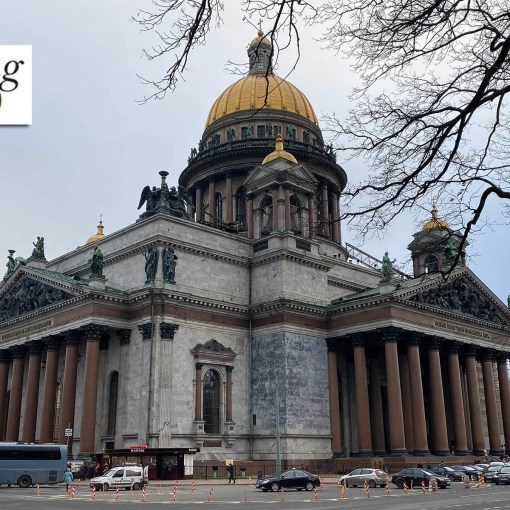



One thought on “Tallin, home of marzipan?”
Fantastic few days in a fascinating city made all the better with the company of the lovely Travelling Herd team. Looking forward to our next render-vous .